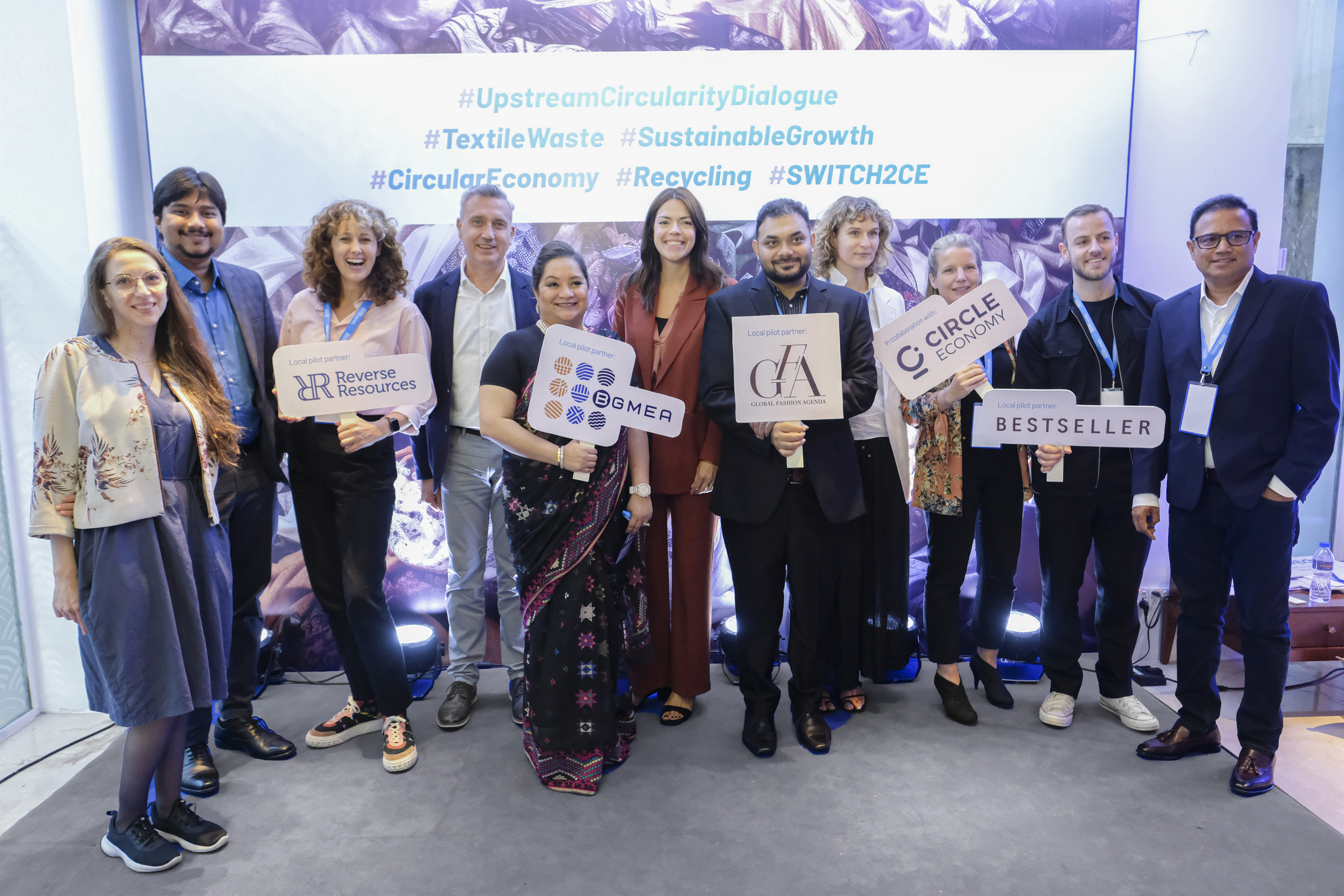The Dyestuff Library, launched by Fashion for Good, will accelerate the shift from harmful chemistry to alternative options by enabling visibility and access to innovations.
“We need dyeing innovation that focuses on less wasteful practices, reduces water usage and is less energy consuming,” says Camilla Skjønning Jørgensen, BESTSELLER’s Innovation Manager.
“To reach this, it is essential that the fashion industry supports initiatives with an upscaling perspective so new solutions can reach a commercial level – making BESTSELLER very excited about this project. The Dyestuff Library is exactly that kind of initiative and collaboration between brands, suppliers and dyestuff innovators.”
From natural to synthetic dyes – to natural again
Textile dyes were derived from nature before synthetic dyes, discovered by WH Perkin in 1856, revolutionised the textile industry.
Annually, over 10,000 tons of synthetic dyes are used by textile industries, but the toxic effects and ecological impact are extremely harmful to humans and the environment. Over the years, a significant amount of effort has gone into phasing out harmful chemistry and there are consistent efforts to develop non-hazardous chemistry.
Today, many alternative dyes from natural sources such as plants, microorganisms, algae and recycled materials are available, however the lack of clarity on their performance and scale makes it difficult for the industry to switch to these sustainable options.
This is bound to change with the Dyestuff Library. Over the course of a year, 15 selected dyestuff innovations will participate in lab and pilot trials. Innovators will go through extensive compliance and toxicity testing to ensure they are safe for commercial use.
Collaboration, not competition
“The shift towards a more sustainable industry happens when we share existing knowledge and give access to innovations with one another. Collaboration, not competition, will allow the industry to truly transform,” says Katrin Ley, Managing Director at Fashion for Good.
“We are excited for the launch of our Dyestuff Library project, which will make an extensive library for the entire industry to use.”
Testing and validating the performance of these innovative dyes and pigments on various textile substrates will be supported by supply chain partners Paradise Textiles and RDD Textiles, University and labs partners NimkarTek, Institute of Chemical Technology and UNICAMP. Furthermore, participating Fashion for Good partners, textile experts and ZDHC will support this project with their expertise and encourage next steps for industry implementation.
After the completion of the project, Fashion for Good will continue developing the library with additional innovators, materials, fabric constructions, testing methods and innovative colouration machineries to enable innovation implementation in the fashion industry.







